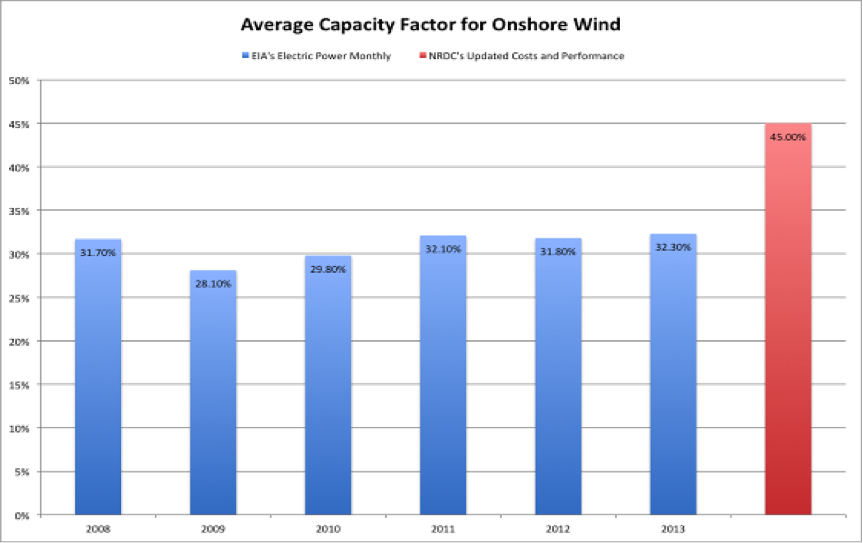Lies, Damned Lies, and “Conversations with AWEA”
In a desperate attempt to provide cover for the Environmental Protection Agency (EPA), the Natural Resources Defense Council (NRDC) made an embarrassing gaffe. It is no secret that the EPA and the NRDC have been bedfellows for a number of years. The NRDC draws up blueprints for new regulations, and the EPA puts those blueprints into action.
Earlier this year, this marriage-of-convenience has led to the birth of a new regulation mandating the reduction of carbon dioxide emissions from existing power plants. This week, the NRDC appears to be gearing up yet again to support the EPA in its effort to rid Americans of cheap and reliable energy. The NRDC’s latest report claims that, rather than costing taxpayers money, the EPA’s new carbon dioxide regulations could actually save as much as $9 billion in 2030. Indeed, they insist that because it will save this large sum of money, the regulation itself should be more stringent.
Naturally, we were curious to find out how the NRDC had stumbled upon the fountain of youth, the magic formula that would show the EPA how to regulate the U.S. into utopia. However, upon closer examination we found their supporting evidence dubious and intentionally misleading.
Statistics are a funny thing—you can use them to support almost any argument that you’d like, provided that someone else has done the “research”. Statistics become even funnier when they are entirely made up.
One of the premises of the NRDC report is that the Energy Information Agency’s (EIA) Annual Energy Outlook is inaccurate, particularly in its estimation of the average capacity factor for onshore wind power. The NRDC argues that this average capacity factor is actually 10 percentage points higher than EIA estimates, boosting it from 35 to 45 percent. However, if we look at the evidence they provide (endnote 22), we find that they support this number based on “Discussions with American Wind Energy Association [AWEA] and updated industry data.”
They cite no source data, no report (with or without spurious reasoning)—nothing more than a conversation with the country’s largest wind energy lobbying group. Cue the fox to come and guard the hen house. Instead of doing real research and crunching the numbers on publicly available EIA data, the NRDC chose to rely on an organization whose very existence depends on the success of wind energy. Conflicts of interest aside, couldn’t AWEA at least write a misleading paper on the topic before it invents statistics? This is sheer laziness—we expected more from the well-funded and well-staffed lobbying group.
If the NRDC wants to successfully challenge EIA numbers, it has to provide real numbers taken from documented, on-the-ground sources. It can’t just make assumptions based on some obscure conversation it had with wind energy lobbyists. Essentially, the NRDC took the facts, discounted the ones that did not support its position, added ones it thought would be beneficial, and ended up with arbitrary numbers like this:
We can’t help but wonder how their report would turn out had they accounted for the environmental impacts of renewable energy sources, transmission costs, and the strain wind and solar power place on the grid.
But it’s not just us.
The findings of NRDC’s report run counter not only to EIA’s estimates, but also those provided by the U.S. Chamber of Commerce. The Chamber estimates that this new regulation will cost consumers $289 billion in additional cumulative electricity payments, and erase 224,000 jobs annually through 2030. Given these estimates, it makes sense that the NRDC might want to make up its own numbers.
It seems that the NRDC didn’t expect anyone to think critically about its numbers. A report this blatantly misleading requires either a special kind of arrogance or genuine disdain for NRDC’s readership. We can only hope that the EPA will one day be decoupled from the NRDC so that pragmatic, effective policy can become the norm.


Speak Your Mind